Specializing in Bonding Fabrics, Ceremonial Garments, Vosian Draping, and Practical-Use Cloth. This store is an official Neutral Zone. Feel free to ask questions about our manufacturing process, design options, Cybertronian fashion history, or anything else!
Don't wanna be here? Send us removal request.
Photo


Collar and mitts ca. 1725-50
From Cora Ginsburg
435 notes
·
View notes
Photo
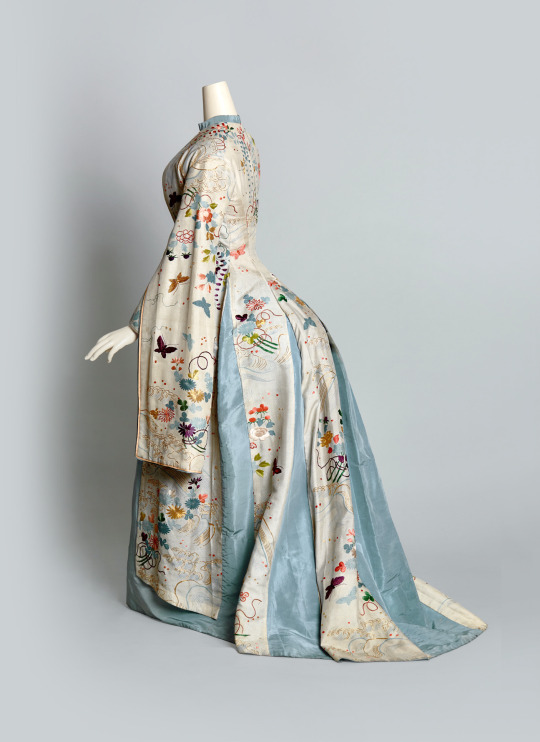
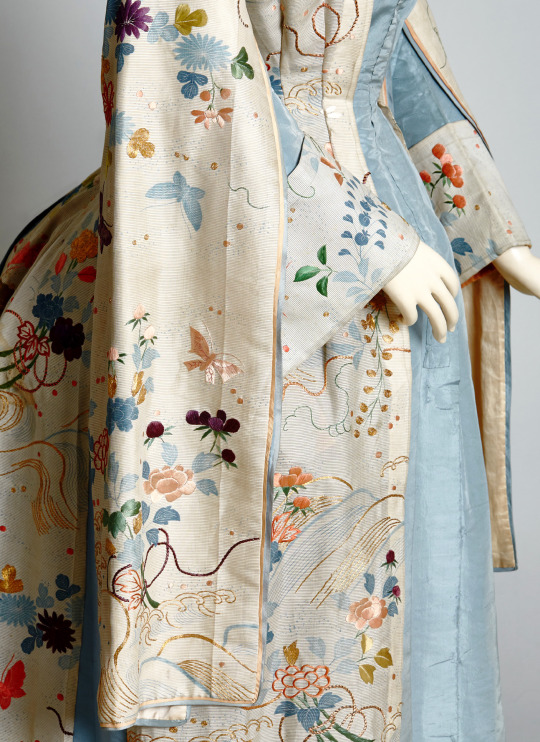
Tea gown ca. 1875-80
From Cora Ginsburg
9K notes
·
View notes
Text

• Coat.
Designer: Zandra Rhodes
Date: 1969
Medium: Wool, Synthetic material
251 notes
·
View notes
Video
tumblr


Duchess Milianda
#its astounding how many layers humans wear#maybe its because theyre so much smaller?#all those layers for a cybertronian would cost as much as rent in the towers of crystal city
7K notes
·
View notes
Photo
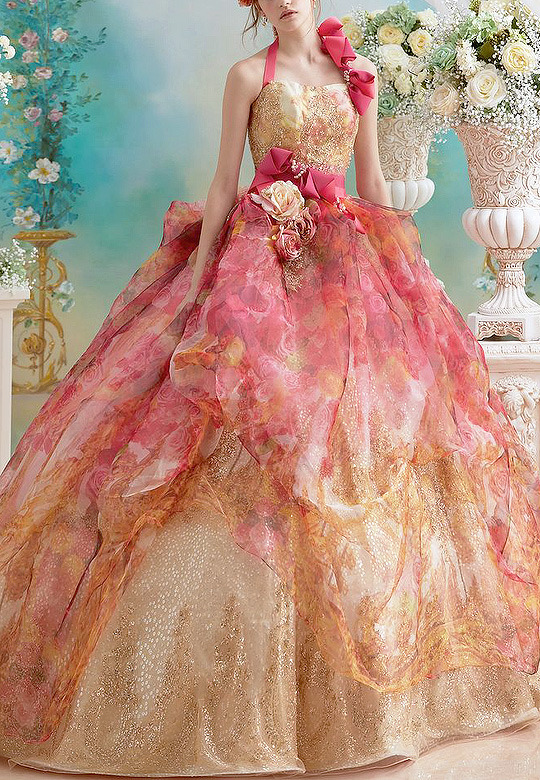


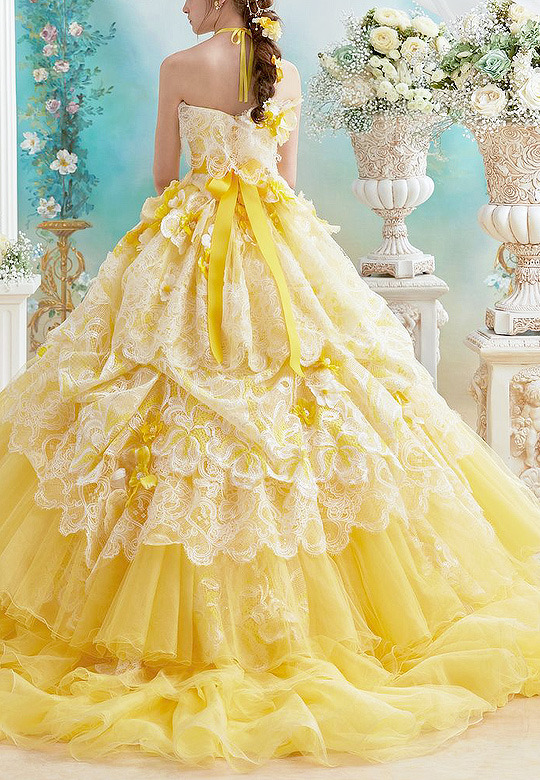

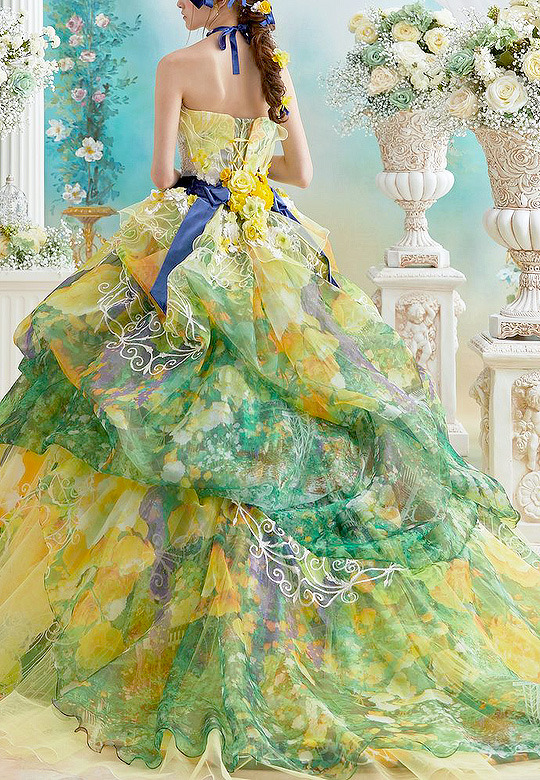
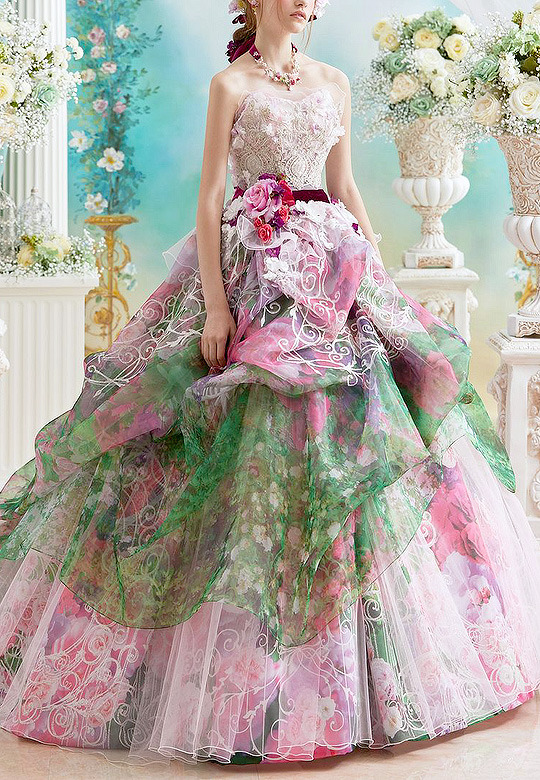
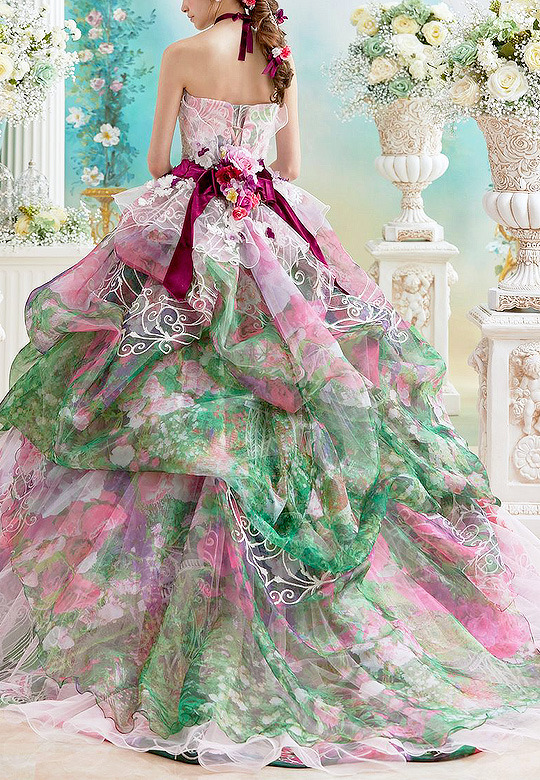

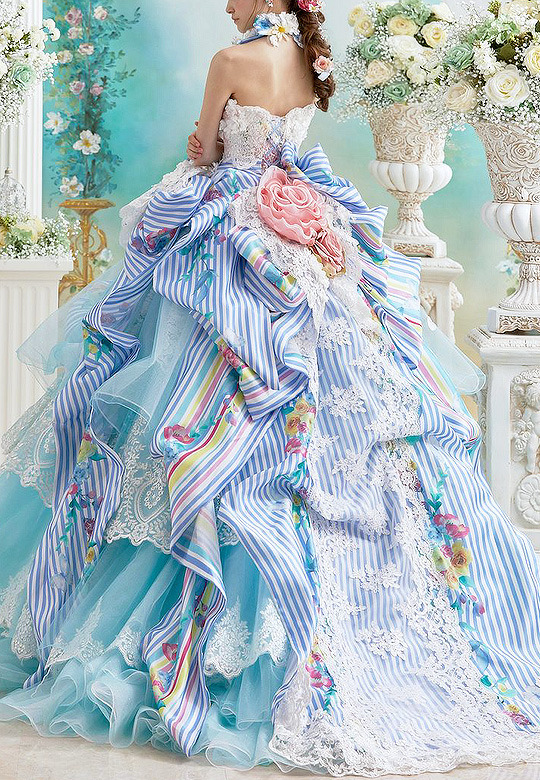
Stella de Libero Bridal Couture Collection
21K notes
·
View notes
Text

Antique handwoven Bakhtiari rug - Iran
1K notes
·
View notes
Text
Visible Mending
Introduction:
Visible mending is a decorative way to fix up an item. Instead of trying to make your mend as invisible as possible, the idea is to make it part of the garment's design.
Visual mending is not a single technique: it's more of a mindset. If you've got an item you love, it deserves to be mended, and if you're going to put that love into stitches, why not show them off?
That being said, there are some specific techniques that are popular with visible menders. Let's take a look!
Sashiko:
Sashiko is a type of traditional Japanese embroidery that is used to both decorate and reinforce fabric. In visible mending, sashiko is often used to cover up holes with patches or to reinforce thinning fabric. This technique uses a variation on the running stitch.
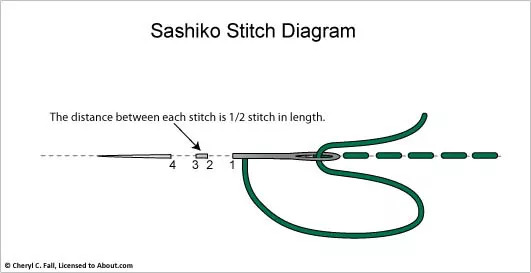
(Image source) [ID: sashiko stitch diagram: the distance between each stitch is 1/2 stitch in length.]
Some resources on sashiko:
SashiCo on YouTube: sashiko livestreams and information on the cultural aspect of sashiko.
Written tutorial by Upcycle Stitches.
Free sashiko templates by TheSpruceCrafts.
Fixing jeans with sashiko by Soluna Collective.
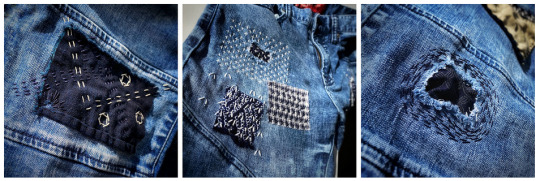
(Image source) [ID: three examples of sashiko embroidery on jeans fabric.]
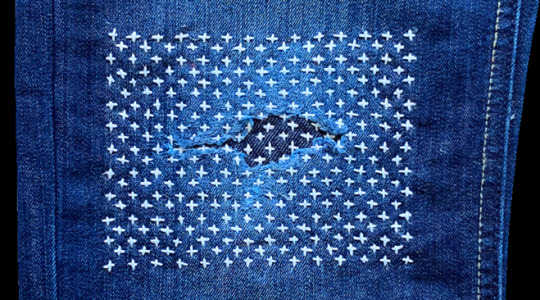
(Image source) [ID: sashiko embroidery with white thread on blue jeans fabric.]
Embroidery:
Regular embroidery is also a popular technique to accentuate your mends. Check out my embroidery 101 post to learn how to get started. You can embroider patches, or use embroidery to hide or accentuate any stitches you've made to fix holes. Embroidery's also a great way to cover up stains.
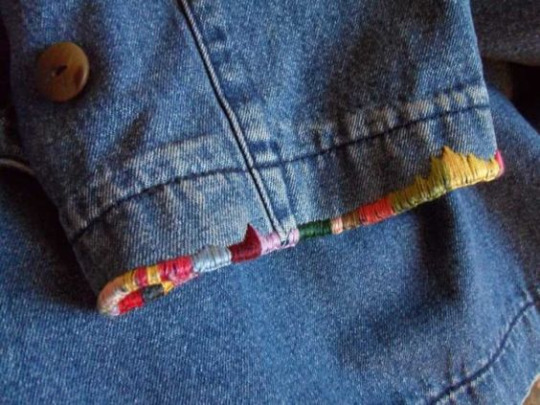
(Image source) [ID: colourful embroidery floss covers a worn sleeve edge of a jeans jacket]
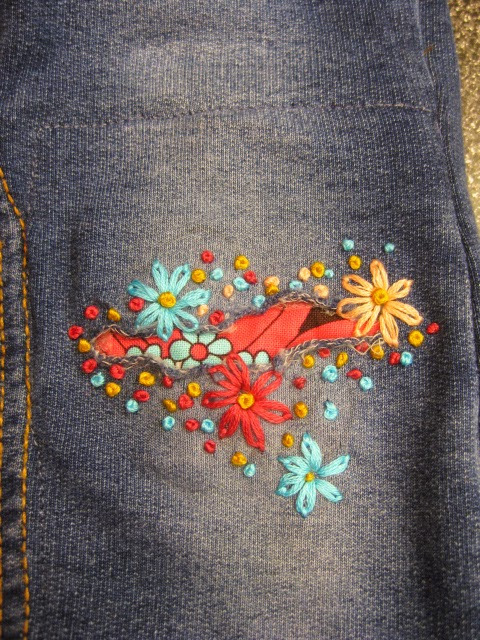
(Image source) [ID: colourful flower embroidery surrounds a hole in a pair of dark gray jeans. Fabric with a red and black flower print peaks out of the hole.]
Patches:
There are many ways to add patches to a garment. My tutorial on patches is a good place to start if you want to make custom-shaped patches to sew on top of your fabric. You can also sew your patch on the inside of your garment and have it peek out from beneath the hole you're trying to fix. Fun ideas for this are lace or superheroes.
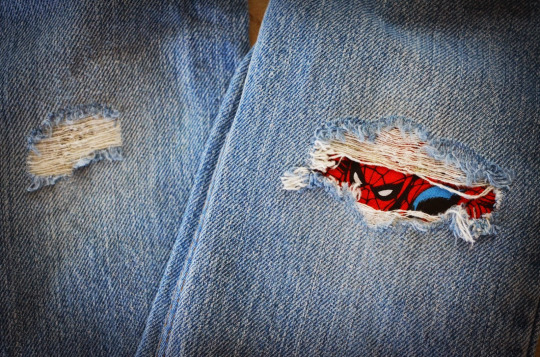
(Image source) [ID: Spiderman peaking out of a rip in a pair of blue jeans.]

(Source) [ID: a red flannel heart-shaped elbow patch on a gray knitted sweater.]
Darning:
Darning is a technique used to repair holes in fabric by using running stitches to weave extra fabric over the hole as to fill it up again. While traditionally darning is done in an invisible way by using the same colour of thread as your fabric, you can also use contrasting colours to accentuate your fix. Check out this written tutorial on darning by TheSpruceCrafts.

(Image source) [ID: vintage instructions on how to darn a hole.]

(Image source) [ID: four examples of darning on blue fabric with colourful contrasting thread.]
Conclusion:
Visible mending is a creative way to fix up your clothes and give them some personality at the same time.
You should be proud of the fact that you took the time and learned the necessary skills needed to mend your clothes! Show off what you did!
A fun side effect of wearing these obvious mends is that people will notice them. They'll remember your fixes the next time they're faced with a hole in their wardrobe, and it will make them more likely to try it for themselves.
These are just a few ways to visibly mend your garments. Want more inspiration? Check out Pinterest or r/Visiblemending on Reddit.
100K notes
·
View notes
Photo
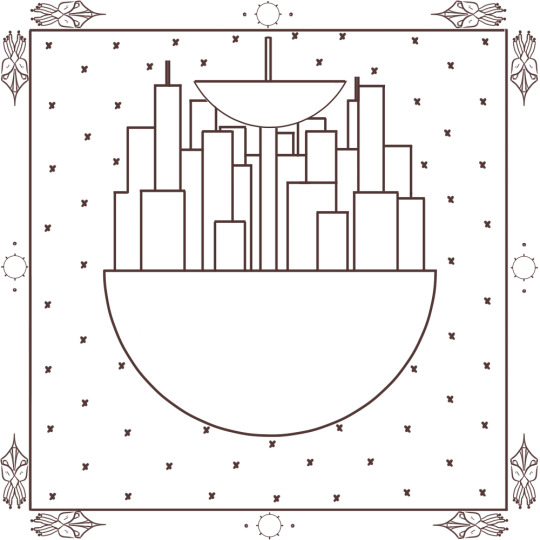
Was just hired to make a Vosian-style tapestry of Vos! The client agreed to allow me to demonstrate the process of making it on here; key sources on this traditional art were lost to the ravages of war, so I’m very excited to contribute what I know to this recuperating field. This is the base pattern I made today. I’ll try to post an update later this week!
#vosian tapestry#vos#transformers#maccadam#cybertronian culture#so excited to get started!#next step will be picking out/weaving the fabrics
16 notes
·
View notes
Note
so I've recently gotten really into crocheting lace however my hands are starting to hate me for how repetitive and precise they have to be and tense from holding very small string. I was wondering if you knew of any textile work that would have a similar intricateness and airyness to crochet lace that wouldn't move my hand and wrist in the same way that i could look into?
there are quite a few different methods of making lace, each with their own benefits and drawbacks. there isn't really a lace-making method that doesn't involve precise movements with fine thread but some involve less repetitive movements and even still you might find some repetitive movements less strenuous than others.
i recommend looking into bobbin lace, needle lace, tape lace (combines bobbin + needle lace), filet lace, and tatting (can be done with either a shuttle or needle) there are countless localized methods of all of these lace-making traditions; english varieties of lace differ from irish methods and spanish methods and french methods etc.
youtube
youtube
youtube
you can also make very fine and airy fabrics that are intricate through knitting or weaving, and while these are not considered 'proper lace' there are methods that can create lace-like effects. I have no idea why one form of lace making is considered "real lace" and others aren't, the distinction feels arbitrary, but regardless both knitting and weaving can be used to create lace-like fabrics
youtube
youtube
113 notes
·
View notes
Text
OOC
(( An in-character rp blog. Full character bio will be listed under read-more. Please DM me if you have any meta-questions/concerns. Using an IDW/Aligned continuity, but very flexible.))
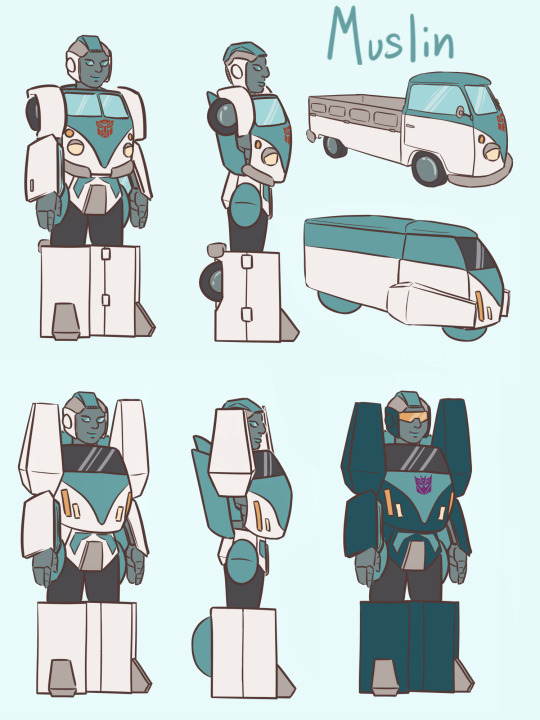
Early Life: Muslin emerged from a hotspot just outside Kalis and was promptly brought to the council for assignment. She was a hauler by frame, but too small to be of much use in large scale mining/construction operations; thus, the functionist council assigned her to a transport role, specifically in personal transport (aka moving and delivery). She would have been considered an outlier due to her Hover Pads (which allow her to induce anti-grav properties in objects which touch the pads) if she hadn’t convinced the council that they were simply an extension of her hauling function. From there, she was assigned to a moving company in Kalis. As the vorns passed, increasingly she became dissatisfied and bored with her work, though she was sure to keep that information to herself.
She was called to move equipment from Iacon to Altihex by an artesian named Chiffon. An old weaver with a loom alt, Chiffon was downsizing his garment shop following a threat of blackmail from a competitor and skipping town for good measure. He chose Altihex due to its proximity to space ports, where he got most of his raw fibers from. Following some shenanigans during the journey including piracy, a sketchy casino, and a very inebriated turbofox, he offered Muslin a position as his new assistant/delivery; he needed someone reliable and trusted to transport his valuable raw materials and finished products.
In her new job, she transported finished garments to clientele across Cybertron (as Chiffon had maintained some patronage from nobles in Iacon), assisted in the day to day maintenance of the shop, and picked up raw materials from the space ports.
As a hauler, and therefore manual class, Muslin was relegated to manual-class establishments in Altihex. She became a relatively recognized fixture of the Copper Corner, a bar and fueling station, known for her drunken betting and flirting. She made the acquaintance of several bots there and it was in the bars she first heard the inklings of Deception rhetoric.
Muslin began to develop a fascination with the fabrics and the construction of garments in her new workplace. She began collecting what few scraps there were, experimenting with them in private and destroying them afterwards to avoid detection. She took particular interest in bonding garb, working in her free time to document patterns and regional specifications.
Start of the war: One morning, she arrived at the shop to begin opening only to walk in on a robbery. It was only the passing by of a bar buddy, a construction crane by the name of Sludge, that saved her. Luckily Chiffon arrived before law enforcement and was able to keep Muslin from being arrested with all the involved parties. She was very alarmed that her friend was being apprehended with the people he stopped and frantically tried to tell security that Sludge wasn’t with them, only to be ignored and pulled away by Chiffon. Chiffon insinuated that Sludge may have been acting as stake out for them, and that him stepping in was a plan in case someone walked in on them; Muslin was silent and walked out.
She went to Sludge’s sentencing, as there was no trial. From the gallery, she tried to yell out that he wasn’t guilty, he had tried to stop the robbers. She was swiftly detained herself and jailed for being in contempt of the court.
It was during her time in jail that she really fell in with the Decepticons. It was really an eye-opening experience for her, finding others who were dissatisfied with their assigned roles in life. More than that, their calls to remove the corrupt and prejudiced system that needlessly imprisoned innocent bots like her and Sludge who were just in the wrong caste at the wrong time really won her support. A Decepticon led prison break operation finally freed her and her new comrades, and she enlisted with the cause the same day.
She didn’t see the front lines as she was in a support role, using her Hover Pads to transport resources across the planet. She was in a number of smaller scale skirmishes as she tried to protect her cargo. It was about this time she changed her paintjob to a darker blue in order to blend in better for her night runs.
War: After about two million years of war, Muslin was shipped off to an alien world in order to assist in resource collection and expected relatively peaceful work. One of her first assignments was to cart off the bodies of organic natives to a disposal site. After a very morbid and pensive journey, she took the next ship out of there and made her way to the nearest Autobot stronghold to turn herself in.
In exchange for her life and a change in allegiance, she offered up Decepticon resource routes, locations of energon mines and storehouses, ect. For the first several years she just tried to keep her head down and do her job, rarely interacting with people besides her “handlers”. Not that anyone was particularly enthusiastic to interact with or trust a former Decepticon. As stories started coming in of the horrors of the DJD, she changed her paintjob back to her pre-war white and changed her name; not only did it make her harder for Deceptions to recognize but provided something of a fresh start as an Autobot.
As a key informant on Decepticon energy collection, her “handlers” worked to keep her out of direct combat. Rather, with her nibble servos and Hover Pads, they got her in as a medical assistant; her Hover Pads allowed her to easily transport mechs more than three times her size and her experience with sewing and braiding made her quick to pick up rewiring.
Personality: Flirty, cheery, and practical, Muslin is optimistic with the end of the war. Without having to face the scrutiny of Autobot peers, she’s remains sympathetic to the Decepticon cause. She’s unafraid of mingling and fills dead air with her own chatter. By all accounts, she’s a bit of a cheapskate and will try for a bargain every time. She’s had her share of flings over the millennia but is really looking to find someone to stick around with her now.
Relationships: She had a fling with Astrotrain for a while pre-war, having met him on one of her trips to the space port and becoming drinking buddies. They bonded over their shared dislike for hauling and lugging, though he wasn’t around enough for it to ever develop into anything serious past the “friends with benefits” stage.
Trivia: Her original name more literally translated to Rag or Course-Fabric. When she became an Autobot, she started using an alien pronunciation of her name. During her time on Earth, she translated it to Muslin and found it sounded prettier; she’s kept the English pronunciation ever since. On Earth, she made good use of her holoform in frequenting fabric and craft stores; she was something of a coupon cutter and was just like a kid in a candy store for every visit.
1 note
·
View note

